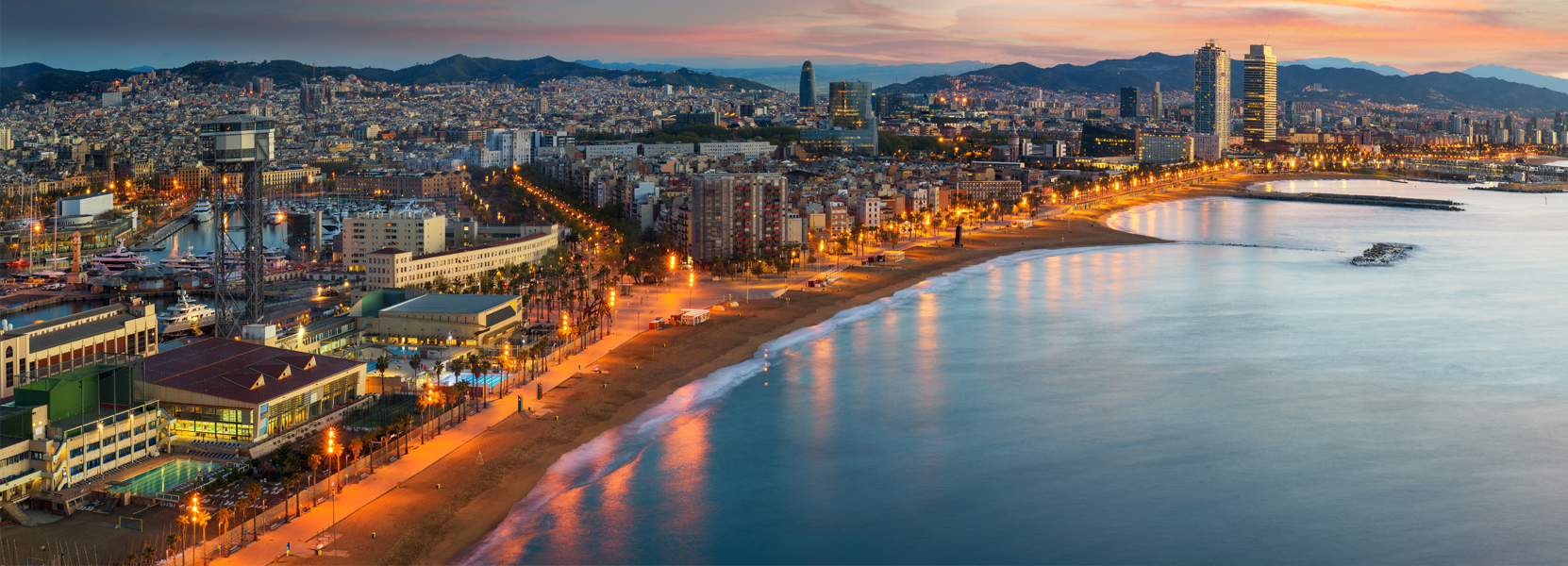Deformability Parameters in the Offshore In-Situ-Test Survey for the New Breakwater Project in Genova Italy
Please login to view abstract download link
The harbour of Genova is currently protected by a breakwater barrier that is 4 km long. One of the ongoing PNRR projects in Italy consists in dismissing the current breakwater and rebuilding it farther away from shore. The new breakwater will extend to a length of over 6.2 km and allow large cargo and container ships with over 400 m length to access the harbour. The new breakwater will lie in the currently open and unprotected water of the Genova Bay, with water depths up to 50 m. An extensive in situ test campaign of CPT and DMT tests was carried out for soil characterization, to provide stratigraphy, deformability and strength parameters required for the design of the new breakwater foundations. The Manta seafloor penetrometer designed by Geomil was deployed with a crane, operating from a floating pontoon anchored in turn on each of the test locations. The fully automated version of the flat dilatometer (Medusa DMT) and a CPTU tip were alternatively pushed by the Manta, with penetration depths up to over 27 m from seabed. The CPTU and DMT stratigraphic profiles compared well with each other and with a previous preliminary site investigation carried out with a geotechnical vessel. This paper shows results of the constrained modulus obtained from the DMT tests employing the standard Marchetti 1980 formula and compares it with the interpretation from the CPT using different alfa factors. This paper shows results of the constrained modulus obtained from the DMT tests employing the standard Marchetti 1980 formula and compares it with the interpretation from the CPT using different alfa factors. Additionally, are analysed correlations between Bq (Normalised Pore Pressure Ratio, obtained from CPTU) and Ud (Pore Pressure Index, obtained from DMT).

